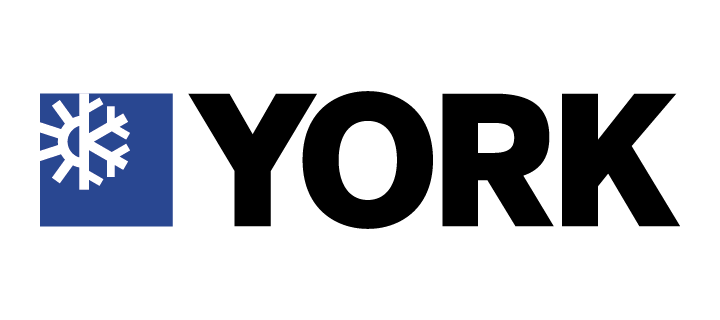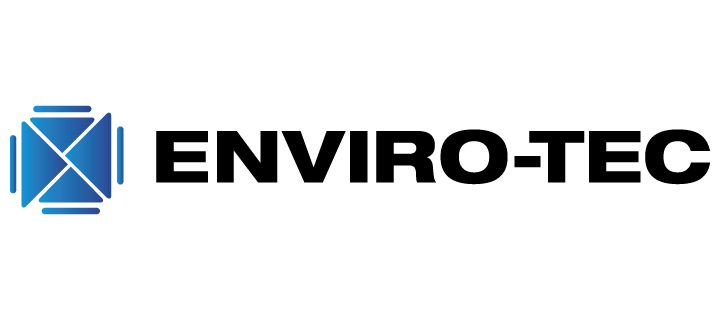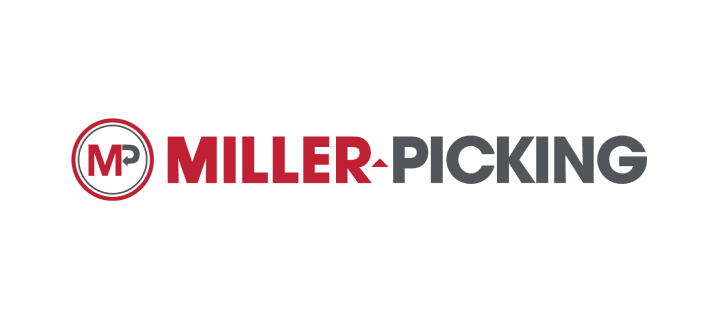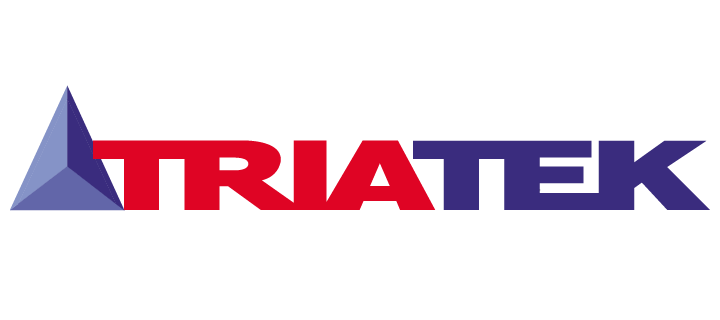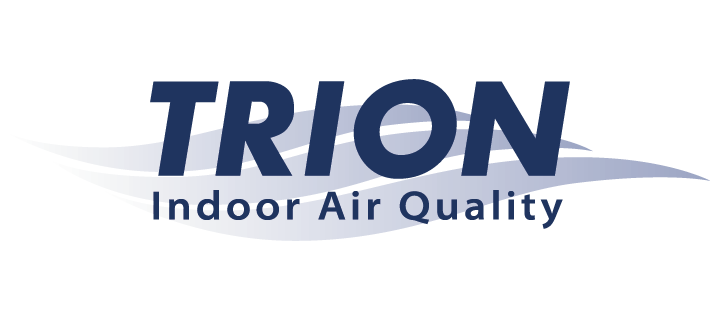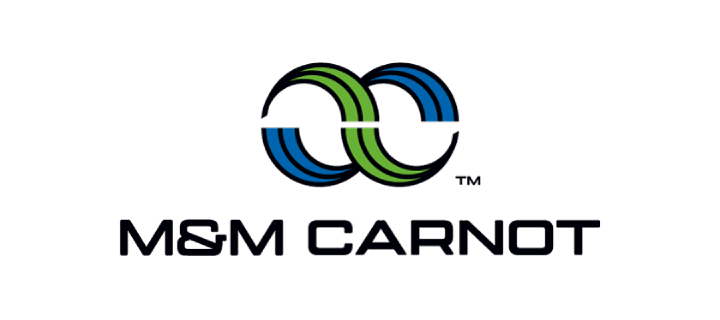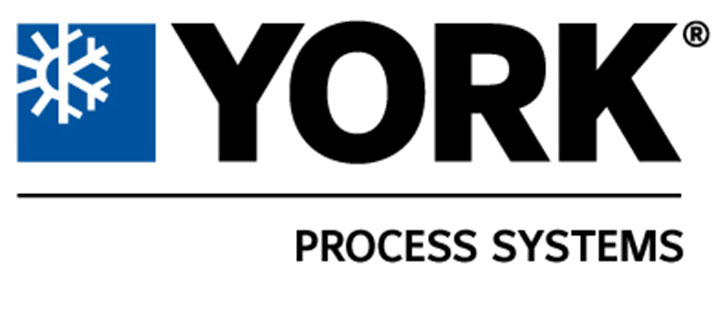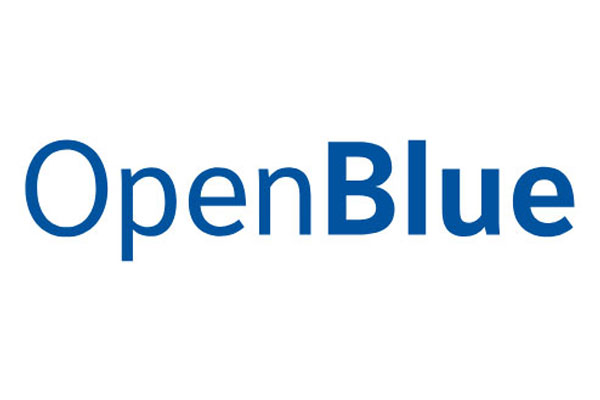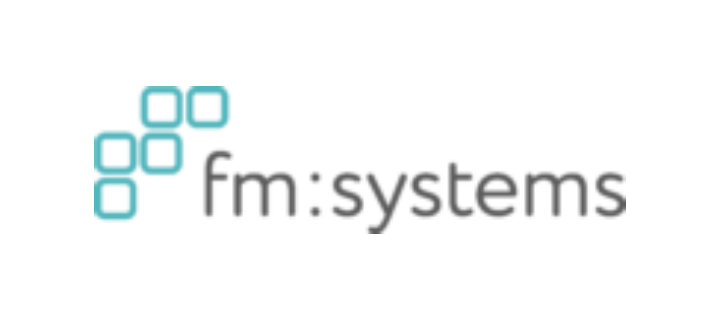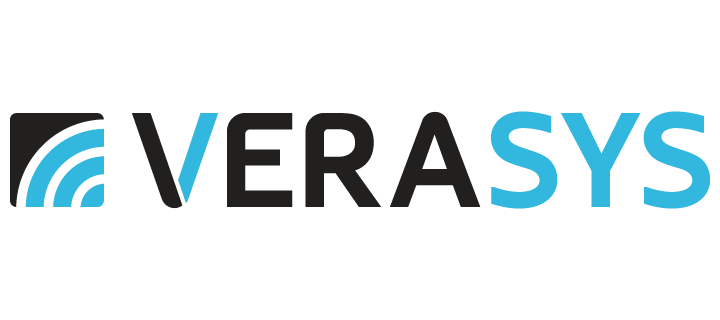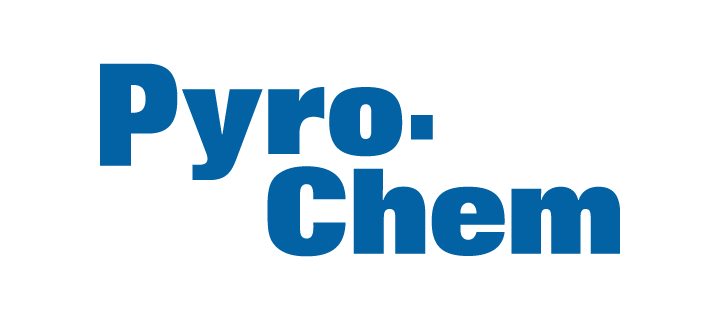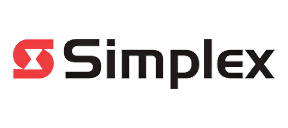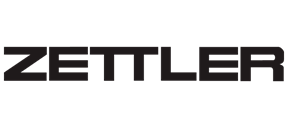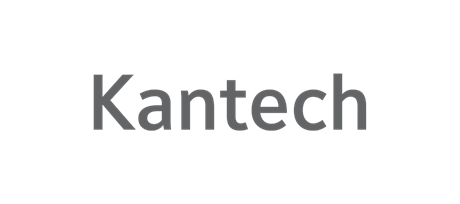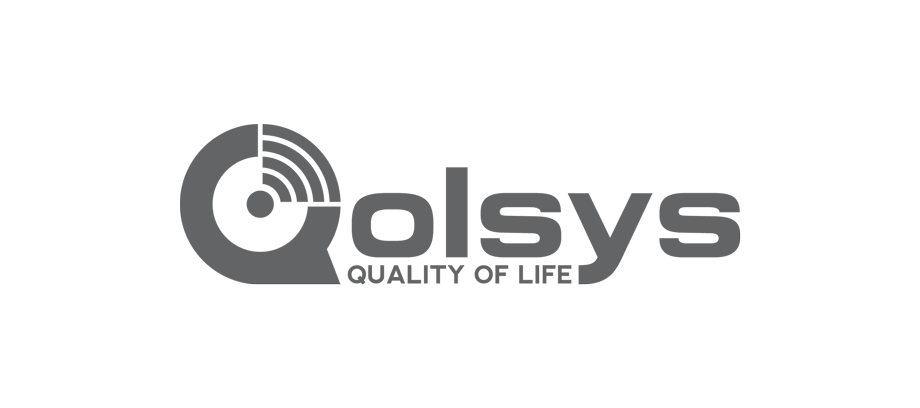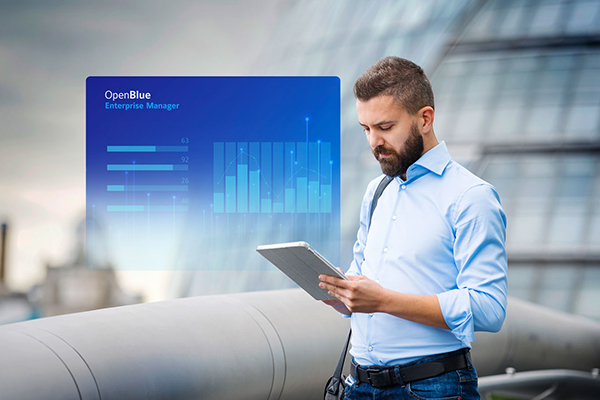- Johnson Controls
- Insights
- Listen To Your Data
Listen To Your Data And Use It To Achieve Your Business Goals In HVAC
By collecting and analyzing data, operators can better understand the needs of their buildings and make informed decisions on their operation.

By Vineet Sinha, director and product general manager, Digital Solutions, Johnson Controls
Utilizing the latest in building connectivity, facility operators can uncover a wealth of data in their systems. The next step comes by leveraging that data with artificial intelligence (AI) and a suite of connected solutions. Data is analyzed to determine actionable items and achieve data-based outcomes that improve efficiencies, allow operators to meet budget goals, hit sustainability targets and deliver on occupants’ expectations.
To make those high-level outcomes happen, collecting and using data correctly is proving to be critical. With the adoption of more smart building assets, operators are finding that they can finally understand the needs of their buildings and make informed decisions on their operation.
By helping facility operators make better choices, respond to immediate needs and plan strategically on multiple fronts, data creates value. But are operators of healthy buildings getting everything they can out of this data? Is it being nurtured to create all the efficiencies possible? The answers to those questions are usually no because there’s always more data to mine and more efficiencies to uncover.
With that in mind, facility operators need to be vigilant in their collection and use of data. There always seems to be more data to process and more value to squeeze out in an effort to reach or even exceed a facility’s business goals. This constant pressure to improve is creating new ways to use data to drive a building’s business outcomes ever higher. They include:
- Ensuring connectivity
- Avoiding data overload
- Using data to weigh competing goals
- Learning progress tracking and reporting
In general, the overarching concept is that listening to your data helps you make smart decisions. But there are questions about how to do it, whether one dataset is more important than another and how to make sense of it all. With those questions in mind, let’s look at each of these four points a little closer to find out how you can deliver better results.
The overarching concept is that listening to data helps operators make smart business decisions.
Ensuring connectivity
Every asset in your building, from the sensor that monitors occupancy in the third-floor conference room to the chiller unit that drives your entire HVAC system, needs to be connected to a central analytics hub. Doing so allows your system to review and analyze every angle of the operation with a goal of finding efficiencies and predicting needs.
Here are a few helpful tips: Make sure you get data from all possible building assets. Recognize and overcome connectivity from legacy assets. Make sure differing OEM assets can speak to one another. And find an organizing platform to bring it all together. Remember, connectivity is a commodity. Is a retrofit possible at your facility? If so, then consider current efficiency and maintenance issues.
Avoiding data overload
As your system begins collecting, sorting and analyzing data, another problem will emerge: You have so much data you don’t know what to do with it all. That leads to questions of what information is important, and what isn’t. However, the real question is “how can I use all this information to meet my building’s business goals?”
It’s important to recognize that a smart building can collect thousands of datapoints every few minutes. So, understand that you will obtain a lot of data. Adopt a method to tag assets and define relationships that will help you make sense of all the data.
Data analytics can help you sort, prioritize and take actions. Storing all data forever isn’t necessary, but you need baselines and historical benchmarks. Finally, be aware of the cost swell of storing data. You need to save only what’s important historically.
Using data to weigh competing goals
Many times, building operators are caught in a tug-of-war over competing priorities. One goal might be to successfully meet sustainability goals, while another might insist on running systems to meet narrow comfort constraints. Further, this tug-of-war may not be between two priorities; it might be between three or five or 10. The easiest solution is use data as your guide to a happy medium.
Here are a few helpful tips: Recognize your immediate needs vs. long-term needs. For example, an immediate need may be addressing comfort requests from building occupants. A long-term need may be maintaining safety while ensuring privacy in your facility.
Regardless of your needs, there will always be tradeoffs. Where can you find the right balance that aligns with your business goals? Steer your choices by using data analytics.
Learning progress tracking and reporting
With your data already doing its work to give you insights, it’s critical to prove that the effort has been worth it. By understanding how to track progress and report on it, you will be able to help others understand the gains you’ve been making. From selecting and defining Key Performance Indicators (KPIs) to monitoring their fluctuations, tracking and reporting is how you show value in what might have otherwise been considered an intangible benefit.
To that end, create a proof-of-progress report that you are pursuing your targets. Utilize your platform to see the big picture. And keep in mind that some progress might be invisible without analysis.
Remember that not all analytics are equal. Canned reports might not suit your situation, so developing custom reports is extremely valuable. For example, a large building portfolio owner in the U.S. might track the monetary impact of open faults to justify capital spending. Or a facility owner in Australia may generate a National Australian Built Environment Rating System (NABERS) report to deliver updates to tenants. It’s worth noting that reports also might be required by building codes or requested by an internal accounting or compliance team.
In conclusion
Listening to your data is critical in a smart building, and just as critical is letting that data drive you toward your business goals. To reach successful outcomes, you need to make sure the data is being properly collected and analyzed, and then presented in a way that helps tracking and reporting your progress. Once those elements have been successfully balanced, you’re on your way to getting the most out of data.
Related Items
OpenBlue Enterprise Manager
OpenBlue Enterprise Manager gathers and analyzes building data to gauge environment quality and building system efficiency, flags critical issues for action, and provides recommendations on how to increase energy efficiency, reduce carbon emissions, and reduce costs.
OpenBlue
Applying data from both inside buildings and beyond, our customers can now manage operations systemically.
Digital Solutions
Johnson Controls Digital Solutions connect buildings and occupants to actionable insights and detailed data for comfort and safety.

